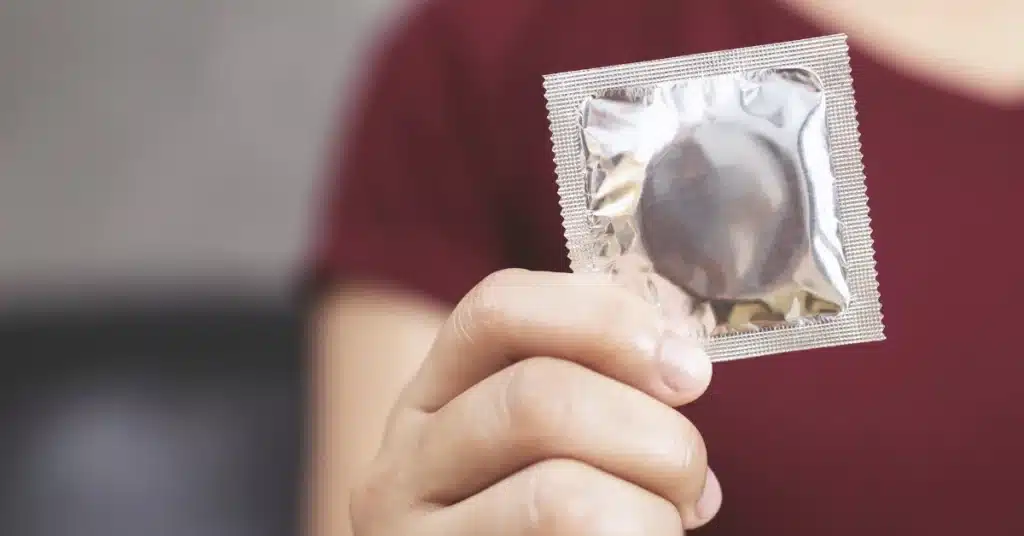Understanding the Gonorrhea Rash: Symptoms, Implications, and Treatment
Gonorrhea is caused by Neisseria Gonorrhoeae and is a prevalent Sexually Transmitted Infection (STI).
If Gonorrhea is left untreated, there can be serious complications of arthritis, Endocarditis, Meningitis, and many more.
One of the rare but severe consequences is Disseminated Gonococcal Infection (DGI), which can manifest in various ways, including a distinctive rash.
This article delves into the specifics of the Gonorrhea rash, exploring its symptoms, diagnosis, treatment, and preventive measures.
Recognizing the Gonorrhea rash

When Gonorrhea infection spreads to the bloodstream, it can result in DGI, leading to a range of serious illnesses.
Among these, a rash is a prominent symptom, occurring in approximately 75% of people with DGI bacteremia.
Gonorrhea rash is a characteristic symptom of Disseminated Gonococcal Infection (DGI).
The rash associated with DGI can present in different forms:
- Petechiae: They are small red spots caused by bleeding under the skin
- Macules: Flat spots with a distinct color from the surrounding skin
- Papules: Elevated, firm spots
- Pustules: Pimple-like spots
- Vesicles: Small fluid-filled blisters
- Bullae: Larger fluid-filled blisters
Other symptoms of Gonorrhea
Gonorrhea can be asymptomatic, but when symptoms do occur, they vary based on the affected area.
Apart from the rash, DGI manifests with various symptoms, including Septic Arthritis, Polyarthralgia, Tenosynovitis, and on rare occasions, Endocarditis or Meningitis.
In individuals with penises, symptoms may include painful urination, urethral discharge, epididymitis, and testicular pain.
Those with uteruses may experience symptoms resembling vaginal or bladder infections, such as painful urination, vaginal discharge, and bleeding.
Diagnosis
Gonorrhea is diagnosed through various methods, including urine specimens, swabs from infected areas, or bacterial cultures.
However, skin cultures from a Gonorrhea rash are typically negative.
Healthcare providers determine the appropriate diagnostic test based on individual circumstances, considering the benefits and limitations of each.
Treatment
The Gonorrhea rash associated with DGI is treated with intramuscular or intravenous injections of the antibiotic Rocephin (Ceftriaxone).
This treatment differs from the one used for uncomplicated Gonorrhea infection, emphasizing the importance of professional medical advice and prescriptions.
Prevention

Practicing safe sex by consistently using condoms and limiting sexual partners significantly reduces the risk of contracting Gonorrhea and subsequent complications like DGI.
Routine screenings, especially for sexually active individuals and those in high-risk groups, are crucial preventive measures.
Conclusion
The Gonorrhea rash, comprising various forms like petechiae, macules, papules, pustules, vesicles, or bullae, is a visible indicator of DGI.
Beyond the rash, DGI manifests with a spectrum of symptoms, from fevers and chills to joint inflammation and potential cardiac issues like Endocarditis.
Treatment of the Gonorrhea rash linked to DGI requires specific antibiotic regimens, typically involving intramuscular or intravenous injections of antibiotics like Rocephin (Ceftriaxone).
Professional medical guidance and prescriptions are paramount, emphasizing seeking expert advice for proper management.
Prevention of Gonorrhea and subsequent DGI complications involves consistent practice of safe sex, including the use of condoms and limiting sexual partners.
The Gonorrhea rash is a visible cue for a potentially serious and disseminated infection, highlighting the importance of timely medical intervention.
Frequently Asked Questions
What is the Gonorrhea rash?
The Gonorrhea rash is a visible symptom that can occur in individuals with Disseminated Gonococcal Infection (DGI). It presents various skin lesions, such as petechiae, macules, papules, pustules, vesicles, or bullae. This rash is a notable indicator of a spreading and potentially severe infection.
What are the other symptoms associated with Disseminated Gonococcal Infection (DGI)?
Beyond the rash, DGI can manifest with symptoms such as fevers, chills, joint inflammation (gonococcal arthritis), and potentially severe cardiac issues like Endocarditis. Symptoms can vary based on the affected individual and the progression of the infection.
What is the treatment for the Gonorrhea rash linked to Disseminated Gonococcal Infection (DGI)?
The treatment typically involves intramuscular or intravenous injections of antibiotics, such as Rocephin (Ceftriaxone), specifically tailored for managing DGI. This differs from the treatment for uncomplicated Gonorrhea, highlighting the importance of seeking professional medical advice for appropriate management.
Is Gonorrhea rash the only symptom of Disseminated Gonococcal Infection (DGI)?
The Gonorrhea rash, while a distinctive symptom, is not the sole indicator of Disseminated Gonococcal Infection (DGI). This disseminated form of Gonorrhea presents a spectrum of symptoms beyond the rash, including fevers, chills, joint inflammation (gonococcal arthritis), and potentially severe cardiac complications.
WowRx uses only high-quality sources while writing our articles. Please read our content information policy to know more about how we keep our content reliable and trustworthy.






